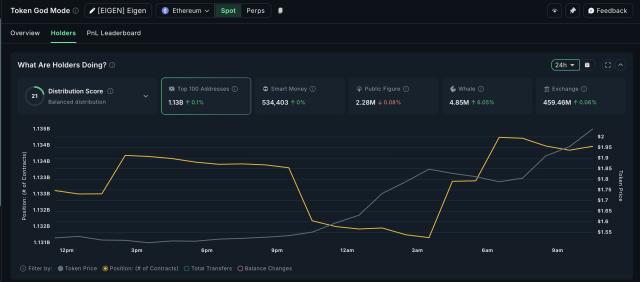Fifteen years after the birth of blockchain, the first quantum alarm bells have officially sounded. Solana co-founder Anatoly Yakovenko stated at the 2025 All-In Summit that the probability of a key quantum computing breakthrough within five years is as high as 50%, and called for Bitcoin to achieve quantum-resistant migration by 2030. His remarks not only drew gasps from the audience but also reaffirmed the pressure of the "quantum threat" in the crypto market.
Yakovenko pointed out that artificial intelligence and advanced processes are advancing in parallel, and quantum hardware may surpass the current limits in a short period of time, posing a direct impact on Bitcoin, which relies on ECDSA (Elliptic Curve Discrete Calculation Algorithm).
"The probability of a quantum computing breakthrough before 2030 is 50%."
How can quantum break through Bitcoin?
Quantum computers can use Shor's algorithm, created by mathematician Peter Shor in 1994, to break the perceived security of algorithms in asymmetric cryptography, quickly solve the elliptic curve discrete logarithm problem, deduce private keys from public addresses, forge transaction signatures, and transfer assets.
Security researcher David Carvalho has warned that quantum hardware development could be "far faster than imagined." If this prediction comes true, Bitcoin's current defenses will be like an old safe, vulnerable to a new breed of thieves with a master key.
To combat the quantum threat, research is shifting towards quantum-resistant cryptography (PQC). The US National Institute of Standards and Technology (NIST) has adopted algorithms such as CRYSTALS-Dilithium as next-generation standards. The industry is also evaluating hybrid signature solutions, allowing for the coexistence of traditional and PQC cryptography to mitigate the risk of a single switch. Consequently, the concept of cryptographic agility is gaining importance. Through modular design, nodes can quickly switch algorithms based on future circumstances.
However, PQC signatures are generally larger, ranging from 5 to 50 times larger than current ones. This means that transaction data volume and handling fees will grow simultaneously, and the storage and bandwidth burden on nodes will also increase. Striking a balance between security and efficiency has become a new challenge for developers.
Timeline and governance challenges
Whether the quantum threat is imminent is a significant source of disagreement within the Bitcoin community. Blockstream CEO Adam Back previously believed that quantum computers were "unrealistically feasible" at this stage, while Jan3 founder Samson Mow emphasized that "other systems will break down first" before Bitcoin collapses. However, if an upgrade is necessary, Bitcoin will inevitably require a hard fork. Past experience shows that hard forks often come with ideological conflicts and the risk of chain splits, posing significant governance costs.
Based on technical analysis , the development team must first propose a clear path forward, including testnet verification, comparison of soft and hard fork options, and a multi-stage transition mechanism. Otherwise, when quantum computing is truly implemented, the community may miss the golden window of defense due to disagreements.
The race has begun
Countries like El Salvador have already experimented with transferring portions of their national Bitcoin reserves to PQC-supported custody solutions, demonstrating a growing consensus on proactive measures. The industry is also exploring incorporating NIST-standard algorithms into wallets and signing hardware, or preemptively protecting high-value addresses with multi-signatures. Once the PQC algorithm matures, miners, exchanges, and node software will need to be upgraded simultaneously to maintain overall network consistency.
From technological innovation to governance decisions, Bitcoin is facing an unprecedented stress test. Whether the quantum wave will hit in five years remains uncertain, but "preparing for a rainy day" has replaced "worrying about it" as the prevailing view. The Solana founder's warning acts as a countdown timer, reminding developers, miners, and coin holders: the quantum threat won't wait for consensus to form; the sooner you act, the lower the cost.
In conclusion, to maintain its status as "digital gold," Bitcoin must develop a dual-track approach in both technology and governance, creating a secure architecture that can be readily upgraded. Faced with the new landscape presented by quantum computing, the crypto world has no room for retreat; it must charge forward.






